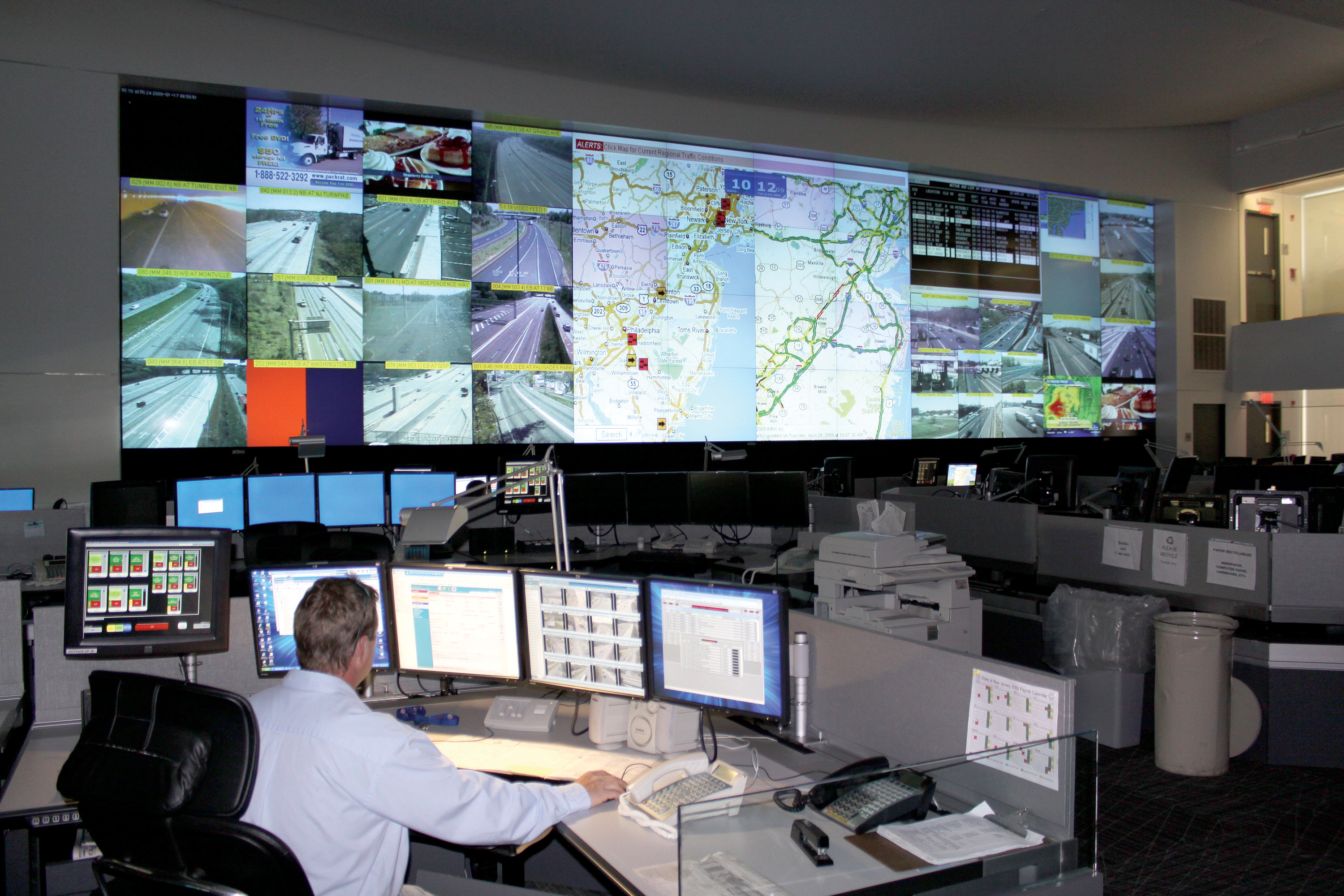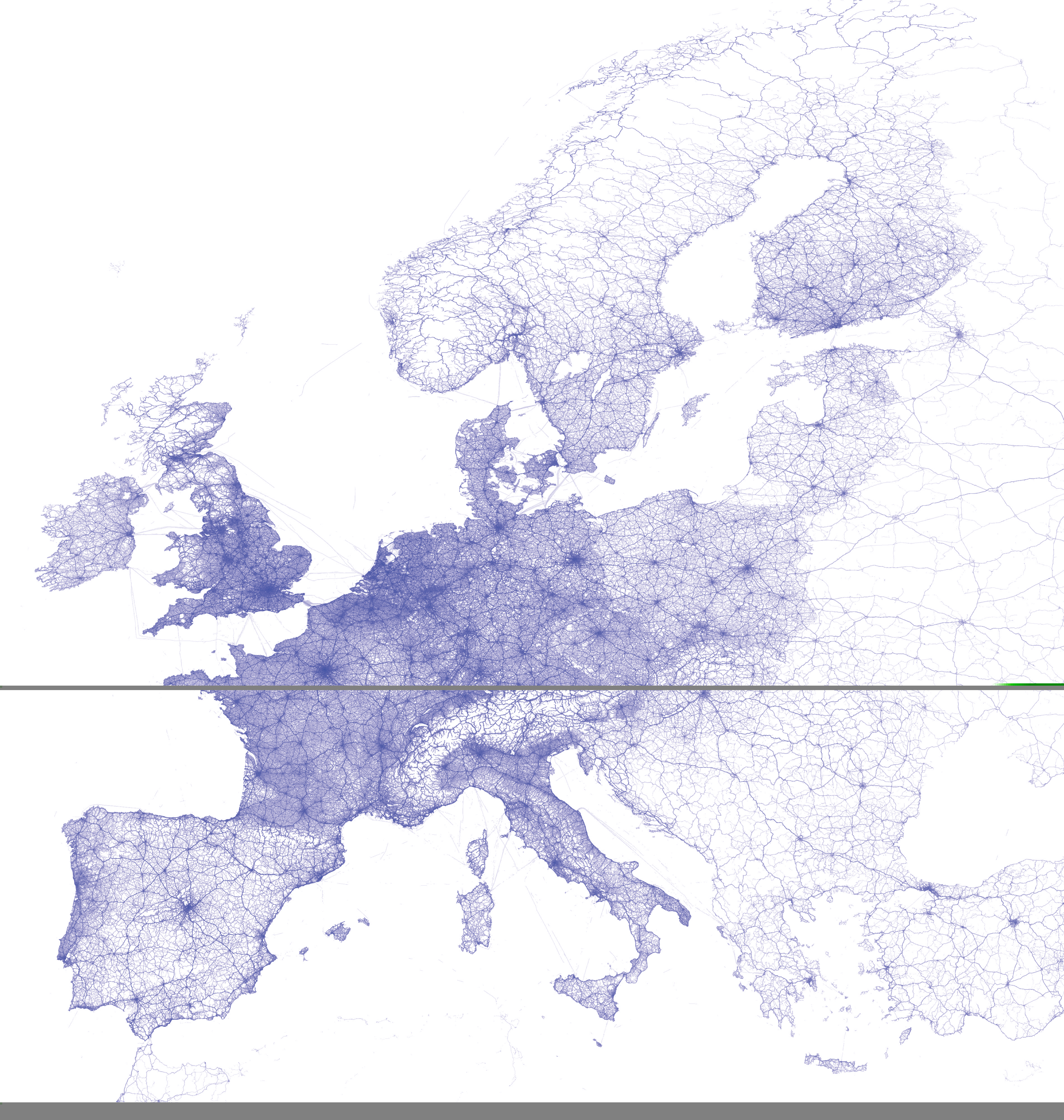Elmar Brockfeld, Alexander Sohr and Peter Wagner from the German Aerospace Center's Institute of Transport Systems look at the prospects for floating vehicle data systems. Although Floating Vehicle Data (FVD) or probe vehicle fleets have been around for about a decade, the idea behind them is of course much older: from probe vehicles that flow with the traffic it should be possible to get a precise, fast and spatially near-complete picture of the prevailing traffic flow conditions in an area under surveilla

FVD has matured from using small and specialised fleets, such as taxis, with small communication bandwidths to include fairly large fleets with some thousands of vehicles
Elmar Brockfeld, Alexander Sohr and Peter Wagner from the German Aerospace Center's
The fundamental principle is to use speed estimates from the probe vehicles. This can either be via a direct read-out of the GPS signal, or (a bit more involved, especially in the case of large time intervals between subsequent GPS readings) by building a route in the network between two subsequent vehicle positions. The latter process is an iterative one, since it requires the prior existence of some form of speed map of the network under consideration, however it is much more general and works for all kinds of GPS data; it builds the relevant travel time information for the time sequences for all road sections on a route and not only those 'hit' by GPS data.
As the collected data are from single vehicles and thus only fractions of the hundreds or thousands of vehicles per road section which make up complete traffic streams are measured, the shares (or overall fleet penetration rates) are of major importance. The more data, the more precise and valid the generated information will be. Dependent on this, innovative applications are possible which are in parts already running today.
Obvious applications
The simplest application of an FVD system is certainly the provision of most recent travel times. For companies in the navigation market (for example,More specific applications
Apart from the travel time applications and anything that may be derived from that, other rather more spectacular applications are slowly coming into focus. For instance, for local authorities real-time traffic management is the most important but also the most difficult application because it needs a huge number of probe vehicles. While a fleet penetration rate of less than 1 per cent can already be shown to be sufficient for reliably estimating travel times, such a low level of penetration can only support the simplest of traffic management applications. For example, it is possible to generate from daily FVD travel time information curves that show the same structures in traffic flow which are detected by local measurement. These traffic counts can be used to control traffic lights. However, because of the relatively low penetration rates encountered at present it is not possible to achieve 'online' management whereby the signal control may be directly based on most recent data. That said, the application may already be of value in an 'offline' mode whereby a signal control strategy for a particular day is programmed or adjusted by estimates for the day based on historical data (gained from the day(s) before, the same weekdays before, the same event day in the year(s) before, and so on. This procedure is also possible with data from loop detectors but as these are typically not installed for each signalised intersection, FVD opens up the possibility to adopt it in the whole street network.The field of true online traffic management applications such as the operational control of traffic signals needs fleet penetration rates of more than 20 per cent. Beyond this, the FVD-based methods reach the same quality levels as the traditional methods based on loop detectors. However, these methods benefit strongly from fusion with other sources of data. It may be interesting, then, to implement them in the near future (at least to a limited extent) and learn from such prototype implementations. The
Users' concerns
While for online applications the field is not yet mature, for offline planning applications it most definitely is. But from local authorities there are still a lot of reservations about FVD. A first big problem seems to be that in contrast to traditional traffic state detection, which delivers counts, local speeds and local traffic flows, FVD delivers travel times and travel speeds, which are not 'usual' measurements. A second problem is of course that not all data from all vehicles in a traffic stream are measured but only some, from which the state of a complete traffic stream is then calculated. This drives the necessity to describe the quality of the results in detail related to the penetration rates (which may differ a lot spatially as well as during time). Furthermore, it is especially difficult for local authorities to assess the final costs: is it really going to be cheaper, for instance, to at some stage in the future buy the (now necessary) data from a company which effectively controls the market? And if this answer turns out to be affirmative, it is still not completely clear what can and cannot be done with these data. Especially when it comes to hard online control of traffic and traffic signals, there is still a technology gap between what is provided today by loop detectors and what is possible with FVD and 'friends'.Besides the fact that for online applications the data as available today are often too sparse for online traffic control, there is big potential, especially for local authorities, to analyse historical data for evaluation and planning purposes. The data may be aggregated over periods of some weeks, months or even years and then compared. With this, negative as well as positive developments in traffic flows on the street network may be systematically assessed and the information can be used for infrastructure as well as for traffic management planning. Such comparisons can also be used for classical before/while/after analyses concerning any traffic management or infrastructure activities (change of speed limits, construction sites, changes of turning lanes at an intersection and so on). Especially for intersections analyses with speeds and travel times may be extended by the calculation of average spill back jam lengths which makes an evaluation and observation of the performance of traffic signal plans possible.
Conclusions and future prospects
On a panel discussion at the NeArctis workshop in June 2010 in Lausanne, Siebe Turksma, product manager, research atWhen it comes to the use of travel time data for online purposes in routing, navigation and traffic management there may be two different routes for the future: FVD and its current complementing technologies deliver area-wide traffic data and finally replace any other device/ means of doing so; or FVD and its current complementing technologies deliver area-wide traffic data but a limited amount of additional techniques will still be needed, especially for highly reliable data such as that needed for online signal control.
Assuming the second route, an interesting question for the future is how private service providers and public local authorities will interact. Local authorities may buy in private information and replace their own infrastructure in order to save costs. If they do not, there may be gaps or even conflicts between private and public information. However, especially if penetration rates get higher and thus private information becomes more valid, for local authorities it will be necessary at least to exchange the advice strategies for traffic control and routing in order to coordinate the data sources and ensure most effective traffic management.












